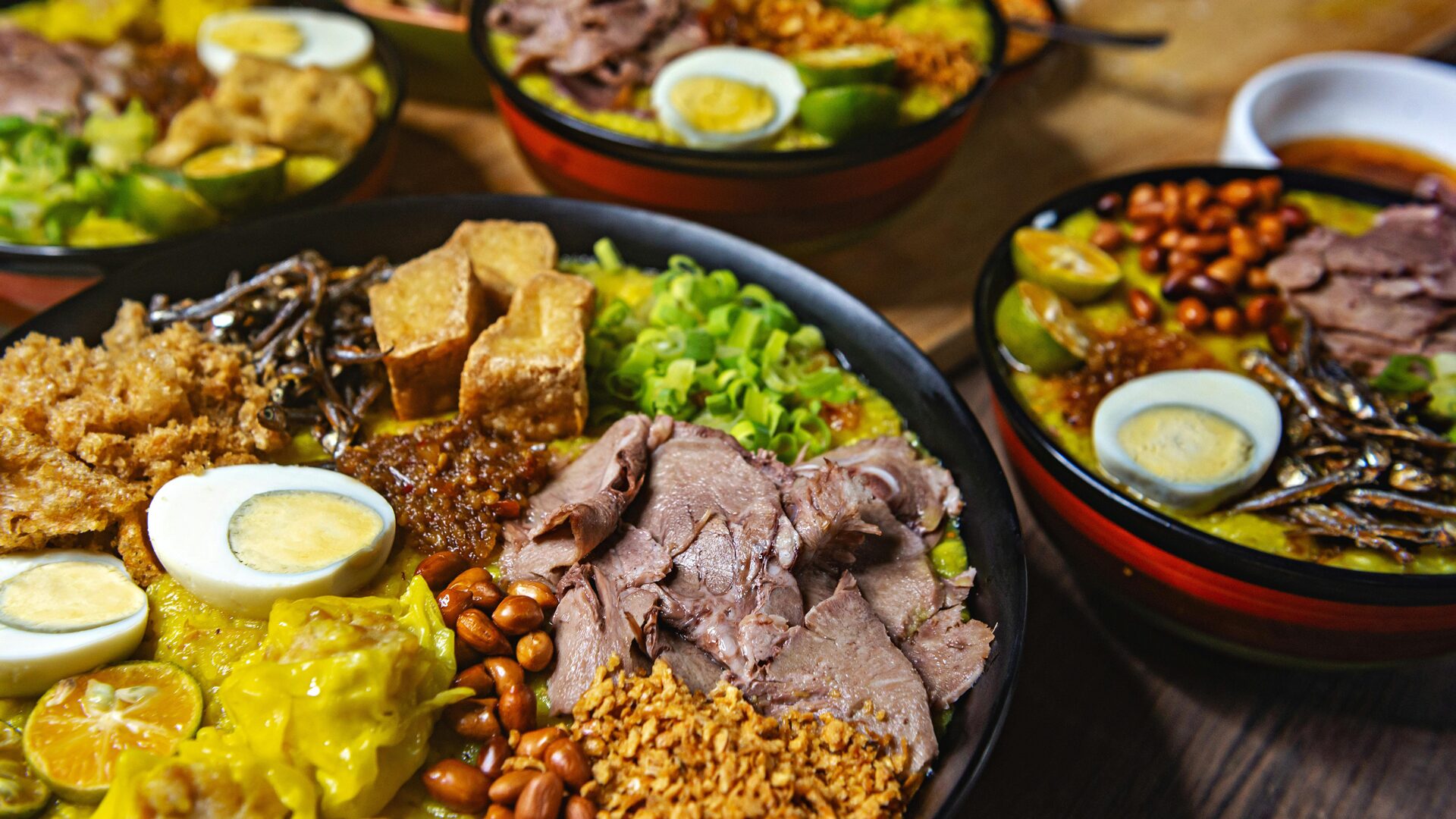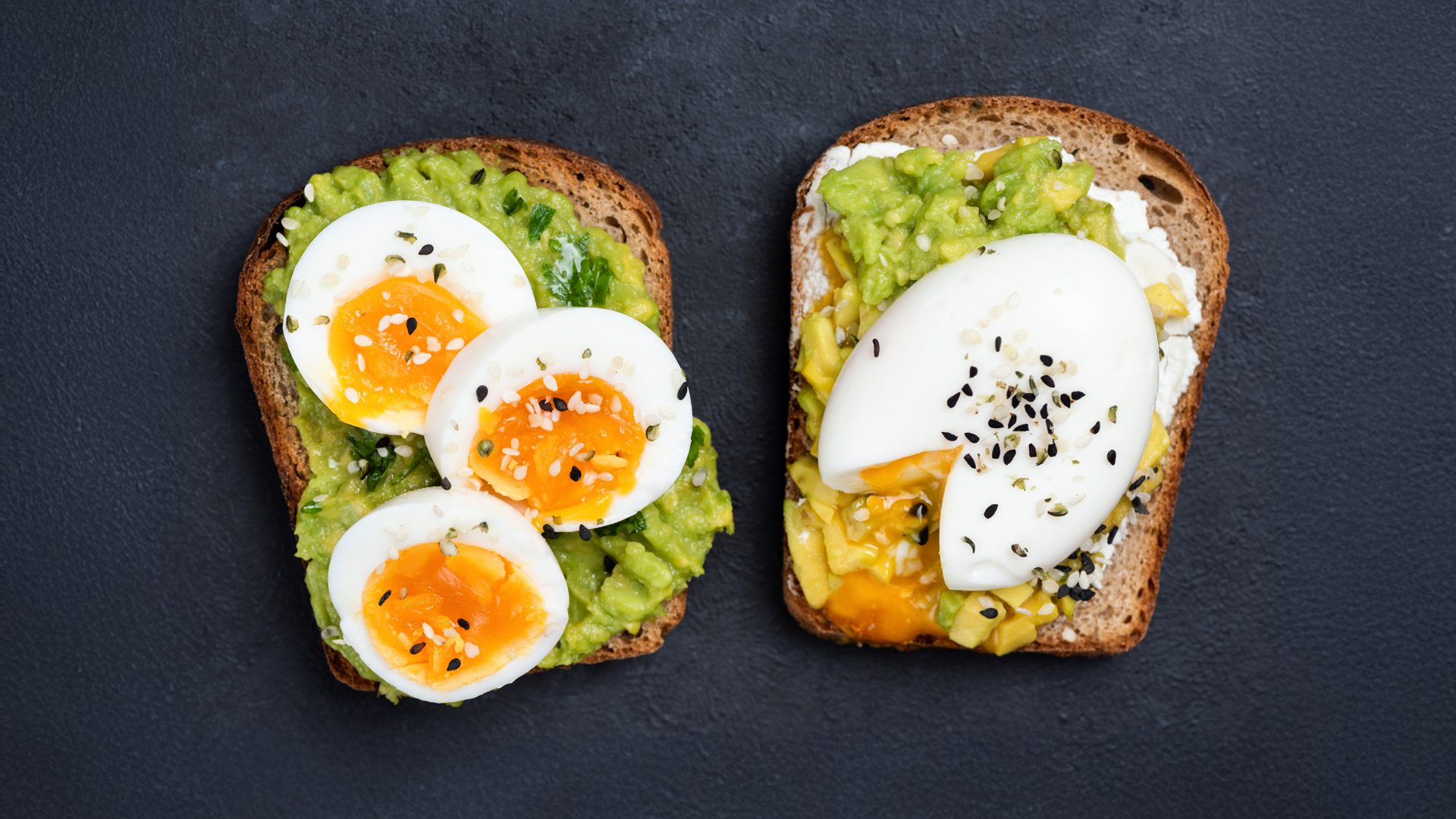2024, sales of products in the “Asian/ethnic aisle” (a label that’s as dated as it is limiting, but that’s how the data is compiled) grew nearly four times faster than overall grocery sales, according to Circana. Meanwhile, The New York Times’ influential food writer Priya Krishna called Asian grocers like H Mart and 99 Ranch a “cultural phenomenon.”
But this growth in prominence isn’t just about what’s for dinner in American homes – it’s a masterclass in modern branding.
The rise of Asian food in the U.S. reveals three strategies that other food brands can use to win in today’s globalized, curiosity-fueled food culture: embracing a bold identity, educating with intrigue, and promising playfulness and texture. With May serving as Asian and Pacific American Heritage Month in the U.S., let’s further examine the group’s impact.
Multiple forces are fueling this culinary boom
Many marketers may not be aware that the Asian American Pacific Islander (AAPI) population is the fastest-growing race or ethnic group in the country. Yet this demographic shift and the globalized nature of today’s world have contributed to an ever more visible and influential AAPI cultural force in the U.S.
Over the last decade, Asian cultural exports such as K-pop, anime, and K-dramas have evolved from niche subcultures to cultural cornerstones. Major hits like Everything Everywhere All At Once and Beef highlight all-Asian casts, while Asian and Asian American-penned books earn critical acclaim and sales.
Demographic and cultural trends have set the stage for the rise in prominence of Asian food brands.
When we consider how Asian food brands are optimizing these trends, we see three key factors that offer lessons for other food brands looking to win in a globalized American food culture:
- embracing bold, culture-blending brand identities
- providing curiosity-driven inspiration and education
- delighting with playful textures and experiences
Embrace third-culture aesthetics
Today’s American-Asian-founded brands have embraced bold identities, celebrating their cultural roots while avoiding stereotypes and risking cultural appropriation. Many founders are what sociologists call “third culture kids”: people raised in the U.S. within households deeply rooted in their family’s cultural traditions. They’ve created a ‘third culture’ approach to food – one that’s proudly hybrid.
They’re using this blend – this “third culture” lens – to build food brands that are unapologetically authentic, modern, and often a little unexpected. Brands like Omsom and Fly By Jing ditch tired clichés in favor of bold graphics and typography and an embrace cheeky copy that feels right at home in a Gen Z pantry.
And it’s working. 76% of Gen Z shoppers say they prefer brands that celebrate diverse cultures and voices. These companies are building emotional resonance by leaning into who they are, not trying to dumb down their identity for mainstream appeal. They’re not watered-down approximations – they’re genre-defying love letters to cultural duality.
Educate and entice with intrigue and inspiration
As Americans’ interest in Asian cuisine grows, so does their literacy around regional flavors. Where “Asian food” once conjured images of Chinese takeout or Japanese cuisine like sushi, today’s consumers are exploring a wider variety of dishes, from Korean tteokbokki (simmered rice cakes in a spicy sauce), seolleongtang (ox bone soup) to less familiar Asian cuisines, such as Filipino adobo and Malaysian rendang.
Asian-American food brand founders have trusted this curiosity by highlighting region-specific flavors. Take Omsom, whose sauce packets proudly say “Vietnamese,” “Filipino,” or “Thai,” rather than hiding behind catch-all terms like “Asian.” Or MiLa, which tells the origin stories of dishes like dan dan noodles or xiao long bao right on the packaging.
This storytelling doesn’t just build interest – it builds trust. It turns food into an experience of cultural discovery.
For a generation raised on global TikTok trends and foodie YouTube deep dives, depth of storytelling matters.
Promise the pleasure of play and sensorial texture
Americans are falling in love with chewiness. Known as “QQ” in Taiwan, this bouncy, springy texture is showing up everywhere – from boba pearls and rice cakes to fish balls and mochi-wrapped ice cream.
Asian cuisines bring a playful, textural richness that goes beyond the usual crisp, creamy, and crunchy Western staples. It invites the eater to interact with the food, to chew, slurp, stretch, and play.
Condiments like chili crisp, with its spicy crunch, have become kitchen staples. Modern versions like Fly By Jing’s Chili Crisp or Momofuku Chili Crunch offer packaging that appeals to younger, design-conscious consumers. These products highlight how texture, paired with accessibility and branding, can intrigue new audiences even as choice abounds on the shelf.
Lessons for the future of food branding
The rise of Asian food isn’t just a trend – it’s also a window into how identity, curiosity, and delight shape modern American appetites.
- A bold brand identity builds resonance by celebrating heritage
- Cultural education adds meaning and turns every bite into a passport stamp
- Sensory play – especially with texture – invites joy, experimentation, and habit
Whether you’re a startup trying to make shelf space or a legacy brand rethinking your relevance, this movement shows that when food tells a bigger story, people bite.
Because in today’s market, flavor alone isn’t enough. You need culture, character, and maybe a little QQ.

About the author
Liz Aviles serves as the SVP of Strategy and Culture Insights at Amp, a full-service marketing agency.











